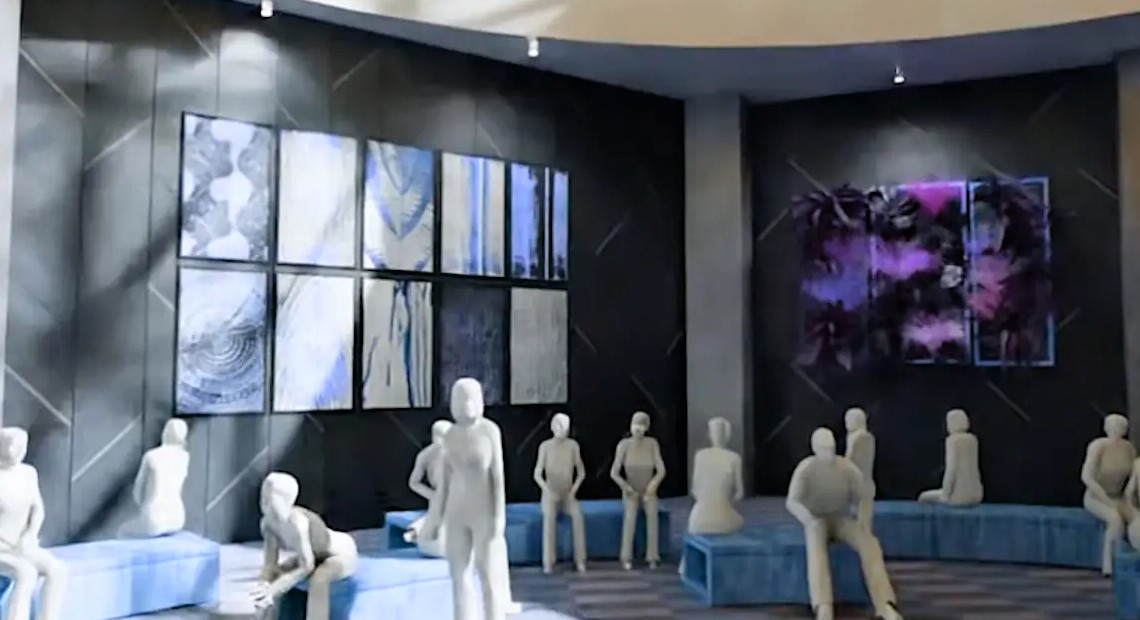According to speakers from the infrastructure industry who participated in an online event organized by interactive graphics specialist Nvidia, the metaverse could take 3D and 4D design in construction to the next level. However, it may take some time to reach the same level of precision as the video game world in terms of architecture.
“The metaverse is a weld between the digital and physical worlds that will result in improved infrastructure outcomes,” said Lori Hufford, vice president of engineering collaboration at Bentley Systems. Hufford cited interdisciplinary design reviews being conducted globally utilizing digital twins on existing projects as an example of how infrastructures could benefit. These reviews allow talented professionals to join projects wherever they are without having to fly to be physically together.
Recently, Nvidia announced that it will move its metaverse design suite to the cloud.
More than 700 organizations, including Lockheed Martin, Sony Animation Pictures, and BMW Group, employ these tools to promote product creation in the so-called Omniverse, where 3D designers share a virtual world in which they may develop.
Nvidia has taken it a step further by making its Omniverse cloud-based, allowing designers to collaborate with a single click without needing to download large data sets. Non-technical users can simply see renderings using the View app, which is powered by NVIDIA’s GeForce Now platform, while creators can develop their digital worlds in real time with the Omniverse Create app.
Nvidia’s move makes the metaverse more accessible not only to producers, but also to users, who will be able to tap into the cloud’s power and experience the metaverse even on devices with limited resources, such as laptops and smartphones.
“We focus on design, build, and operate in architecture, engineering, and construction, and one of the great benefits of a whole life cycle and sustainability perspective is that, thanks to the metaverse, decisions that are normally made in the construction phase can be transferred to the design phase. It will greatly assist us in understanding the long-term consequences of those decisions and making the most important ones sooner.”
Despite this, Lebaredian is optimistic that infrastructure will catch up to the gaming industry. “If we look at games today, we’ll be able to predict what adults will use in 10 or 15 years,” he says.









 and then
and then